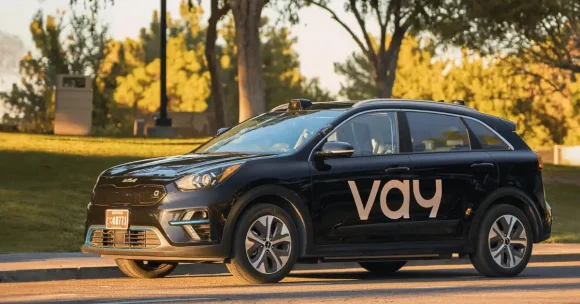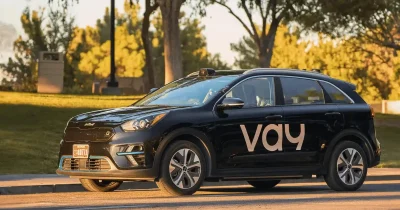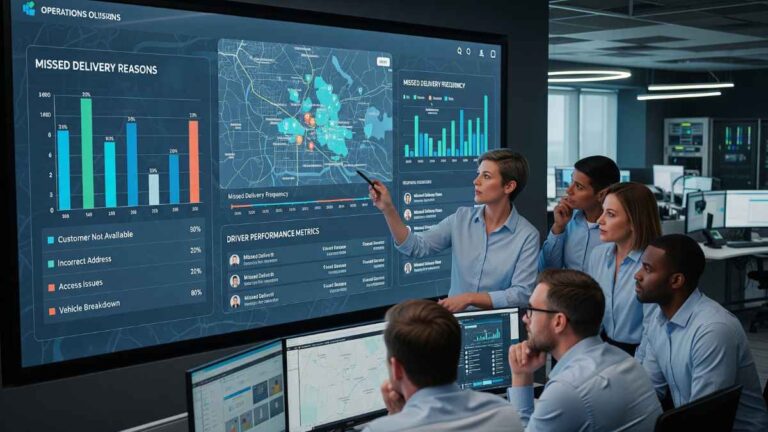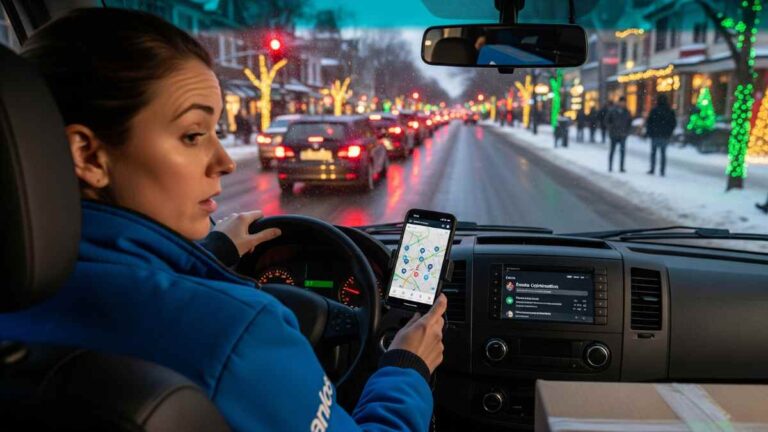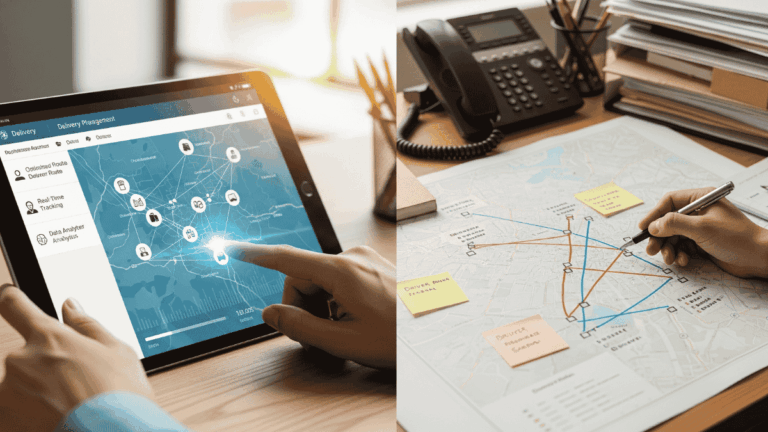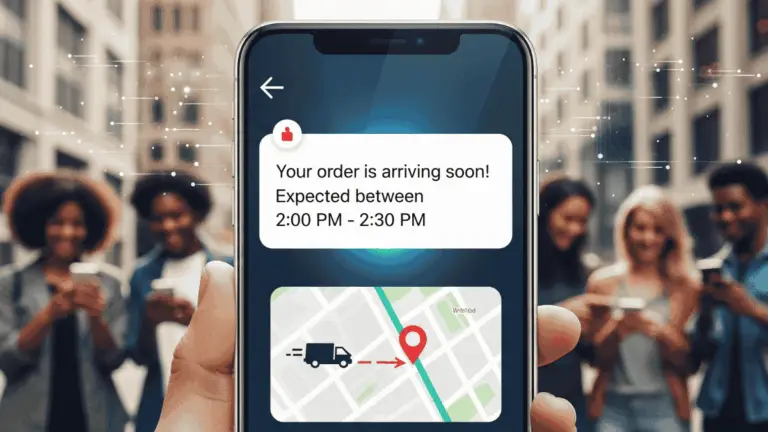Berlin-based remote driving company Vay has found a unique approach to driverless car-sharing. It keeps a human driver in control of the trip – just not where you’d expect them…
Imagine hailing a car that arrives at your doorstep without a driver, but you get to take the wheel once you hop in.
How does it work? With teleoperations technology to pilot empty vehicles via remote driving.
Concept clarified: Remote driving, also known as tele-driving, is a method of remotely controlling a vehicle equipped with a steering wheel, pedals, and monitors. The driver sees video feeds from the car’s cameras, as well as sensors and augmented reality technology.

Vay has now signed deals with French automaker Peugeot and Belgium-based Poppy to expand commercial and business-to-business (B2B) services.
Vay secures key partnerships
With Peugeot’s partnership, Vay will test how an E-308 electric van equipped with tele-driving tech could work in real-world scenarios. This could lead to new possibilities and usage cases for Vay’s technology in the commercial vehicle sector.
The partnership with Poppy allows Vay to test its teleoperations technology on Poppy’s existing fleet.
According to Vay’s CEO, Thomas von der Ohe, more high-profile customers are expected to be announced soon.
What is Vay all about
First, let’s talk about Vay is not.
It’s not a traditional ride-hailing or car-sharing service like Uber and Bolt. It’s also not a robo-taxi service like Cruise and Waymo.
Instead, it’s pioneering a unique hybrid approach to urban mobility by blending the best of ride-hailing and robotaxis.
Unlike fully autonomous vehicles, these cars are remotely controlled by trained teleoperators sitting in office-like environments. Once the customer gets into the car, they can take manual control for their journey.
When they reach their destination, the remote operator resumes control to relocate the car for the next user.
The startup was founded in 2019, and has to date raised $110 million. The team behind Vay also developed teleoperations technology enabling employees in an office to remotely pilot empty vehicles en route to customers.
About the author
Cheryl has contributed to various international publications, with a fervor for data and technology. She explores the intersection of emerging tech trends with logistics, focusing on how digital innovations are reshaping industries on a global scale. When she's not dissecting the latest developments in AI-driven innovation and digital solutions, Cheryl can be found gaming, kickboxing, or navigating the novel niches of consumer gadgetry.

